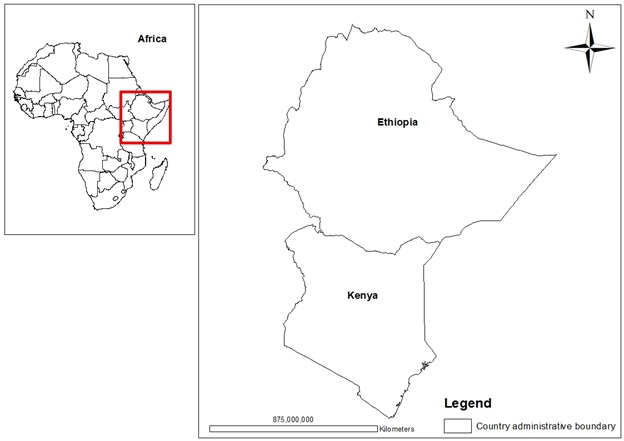
Fig. 1. A map of Africa showing the location of Kenya and Ethiopia
Authors and their affiliation
Ng’ang’a Karanja Stanley1,**, Jalang’o, Dorcas Anyango2, Girvertz Evan2 1,**International Center for Tropical Agriculture (CIAT), Sub-regional Office – Kampala, Uganda 2International Center for Tropical Agriculture (CIAT), Regional office – Nairobi, Kenya
Soil nutrient depletion limits the agricultural potential of a majority of farmers in developing countries. Technologies that enhance soil carbon can potentially increase farm productivity, income opportunities for farmers, and improve food security. Nonetheless, the adoption of, and investment in agricultural practices that build up carbon in soils is still limited among farming households in East Africa. This study examines the factors that influence the uptake of soil carbon enhancing practices among 45 and 50 smallholder farmers from selected places in Kenya and Ethiopia (Fig. 1) respectively, using secondary data that were extracted from the World Overview of Conservation Approaches and Technology (WOCAT) database. Understanding this is requisite for the government, policy experts and development partners to effectively plan, and target interventions to scale up adoption among farmers in the region.
A probit model was used to analyse the data that spanned across socioeconomic, institutional, off-farm income, technical knowhow, farmers’ perceptions, and land use characteristics that influence the adoption of technologies that have the potential of enhancing the soil carbon sequestration. The descriptive results from the data reveal that farming is dominated by women in both countries. Mixed market orientation is dominant, with a moderate wealth status of between 100 and 500 US$ for the majority of the households. Results from the model show that both farmers’ perceptions, and socio-economic, farm level, and institutional factors significantly contribute to the decision to implement these practices. For example, smallholder farmers that reported to have perceived the net benefits and strengths of the soil carbon enhancing technologies had a higher likelihood of adopting technologies that enhance the sequestration of soil carbon in both Kenya and Ethiopia.
At the same time, off-farm income influenced the adoption of soil carbon enhancing practices positively among farmers with a moderate annual income (100-500 US$) as compared to the rich (>500US$). Farming for subsistence basis and moderate know-how of the technologies in question negatively affected adoption. Similarly, land ownership without title deeds negatively influenced adoption. The results point to the speedy need for policy measures that would promote the adoption of soil carbon enhancing practices. Interventions such as training farmers to equip them with implementation skills, and enforcing technical assistance through extension delivery would help bridge the knowledge deficiency. Encouraging farmers’ involvement in off-farm income-generating activities, and improving access to credit is also commendable. To a greater extent, farmers would be incentivized thus boosting their intake for soil carbon enhancing practices at the individual farm level.
Keywords: Adoption, Factors, Enhances, Constrain, Soil carbon, Practices, Kenya, Ethiopia
**Corresponding author details
Email: stanley.karanja@gmail.com
Orcid number: http://orcid.org/0000-0002-6166-7920
